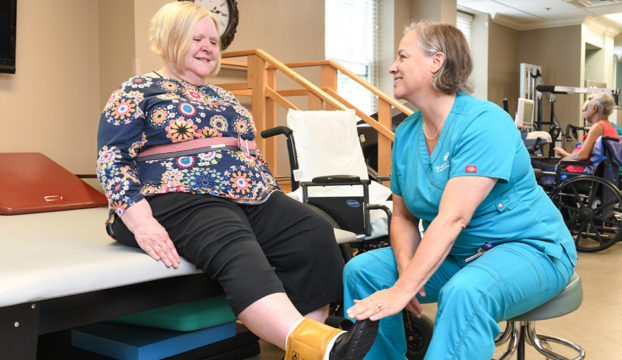One of the primary techniques used to alleviate dyspnea in physical therapy is the practice of controlled breathing exercises. These activities often concentrate on abdominal breathing, which encourages patients to use their breathing muscle rather than their upper thoracic muscles when inhaling. This method helps to maximize lung capacity and effectiveness. Additionally, pursed lip breathing is another technique that can be helpful. This technique involves breathing in through the nose and breathing out slowly through compressed lips, which can help to keep airways open longer and render breathing feel more manageable. By including these exercises into therapy sessions, physical therapists can provide patients with tools to manage their dyspnea both during and outside of their sessions.
Another important aspect of controlling breathing difficulties in physical therapy is the development of an personalized exercise program. Tailoring exercises to satisfy the specific needs and abilities of each patient is essential. Therapists should gradually introduce aerobic activities, such as walking or biking, in a controlled manner, allowing patients to build their endurance over a period. This progressive approach helps patients to feel more comfortable with fitness activity while simultaneously improving their lung capability and overall endurance. It is vital for therapists to observe patients carefully during these exercises to ensure they are not overexerting themselves, which could result to greater shortness of breath.
Education also plays a major role in reducing dyspnea during physical therapy sessions. Providing patients with knowledge about their condition and the mechanisms behind breathing difficulties can empower them to take charge of their health. Therapists can describe how factors like anxiety, posture, and surrounding conditions can influence breathing. By comprehending these concepts, patients can discover to manage their symptoms more effectively. Techniques such as stress reduction methods and proper body posture can further assist in minimizing the impact of dyspnea during daily activities and therapy appointments.
In summary, successfully alleviating breathing difficulties in physical therapy appointments involves a mix of breathing activities, personalized exercise programs, and patient education. By applying these efficient methods, physical therapists can help patients manage their respiratory difficulties and improve their overall health. Collaboration between therapists and patients is essential to create tailored interventions that address specific needs. With the right support and methods, patients can find physical therapy assessment techniques relief from dyspnea and engage more completely in their physical therapy process, eventually leading to a better quality of life.
